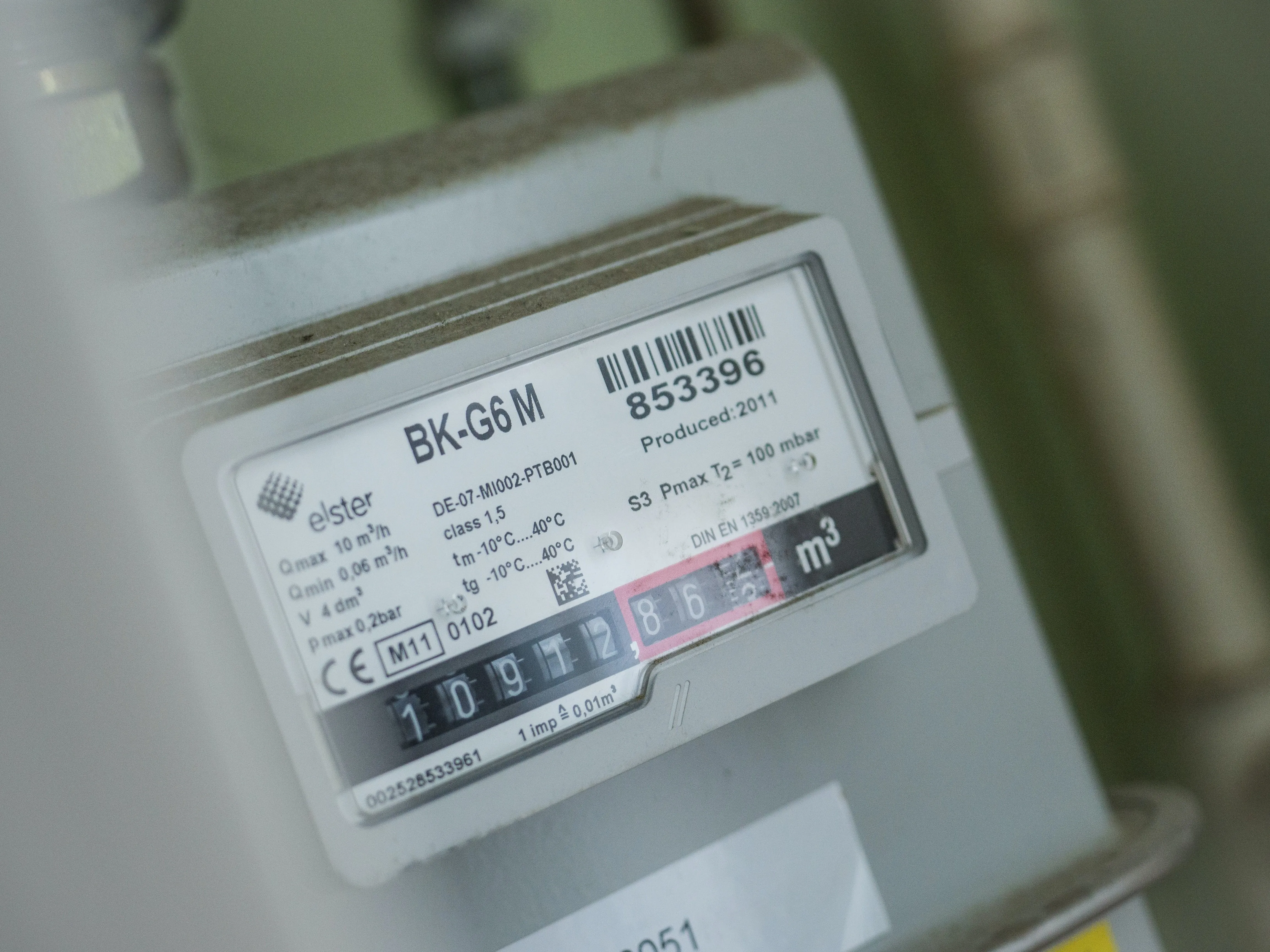Effective Business Cost-Saving Tips for Small-to-Medium Enterprises
Introduction
In today's dynamic business landscape, it's crucial for businesses, particularly small-to-medium enterprises (SMEs), to stay financially efficient and competitive. Controlling and minimizing costs is a fundamental part of this process. This article will provide actionable, practical cost-saving tips for businesses to help them thrive and grow.

Understanding Your Expenses
To identify cost-saving opportunities, you must first thoroughly understand where your money is going. This includes fixed costs such as rent and salaries, variable costs like utilities and raw materials, and periodic costs such as maintenance and equipment upgrades. Every business is unique, so it's crucial to analyze your expenditure carefully to discover where savings can be made.
Categorizing Business Costs
To effectively implement cost-saving strategies, it's crucial to categorize your business costs. A thorough understanding of where your business's money is going can reveal cost-saving opportunities that might not have been apparent at first glance. Let's dive into the three main types of business costs: fixed costs, variable costs, and periodic costs.
Fixed Costs
Fixed costs are expenses that remain the same, regardless of the business's output level. These costs are considered "fixed" because they don't fluctuate with business activity. Examples include rent or mortgage payments, insurance premiums, and salaries. While it might seem difficult to reduce these costs at first, there are still opportunities for savings.
For instance, you might consider downsizing to a smaller office space or renegotiating your lease to reduce rent costs.
Variable Costs
Variable costs, as the name suggests, are expenses that vary with the level of business activity. These include costs for raw materials, utility bills, and direct labor costs. Variable costs usually rise during busy periods and decrease during slower times. For businesses looking to reduce variable costs, consider options like sourcing cheaper materials, implementing energy-saving measures to lower utility bills, or improving operational efficiency to reduce labor costs.
Periodic Costs
Periodic costs are expenses that aren't consistent but occur at regular intervals. These costs often include maintenance fees, equipment upgrades, or software renewals. It's easy to overlook these expenses, but they can quickly add up. To manage periodic costs, businesses can schedule regular maintenance to prevent expensive repairs or breakdowns, keep track of software licenses to ensure they're all being utilized, and plan for equipment upgrades in advance to avoid unexpected costs.
By categorizing and reviewing your business costs, you can gain a clearer understanding of your financial situation. This, in turn, will help identify areas where you can cut back, negotiate better deals, or find more cost-effective solutions, thereby leading to significant cost savings.
Practical Business Cost-Saving Tips

Optimize Your Utility Consumption
Utilities are a major expense for many businesses. Simple steps like turning off equipment when not in use, using energy-efficient light bulbs, and insulating your premises can lead to substantial savings. Consider performing an energy audit to identify potential energy-saving opportunities and implement measures to reduce energy consumption.
Streamline Your Supply Chain
Your supply chain can also be a significant source of cost savings. Maintaining good relationships with your suppliers can potentially lead to discounts or better payment terms. Moreover, buying in bulk or signing long-term contracts can result in lower prices. Evaluate your supply chain and consider where efficiencies can be made.
Embrace Technology
The advent of technology has made various business processes more efficient and less costly. Cloud computing, automation, and remote work tools can reduce overheads and increase productivity. Identifying tasks that can be digitized or automated can result in significant cost savings over time.
Implementing Cost-Saving Measures
It's important to be strategic when implementing cost-saving measures. Gradual changes and continuous monitoring can help ensure that these measures are effective and do not negatively impact your business operations or customer satisfaction. Make sure to involve your employees in the process, as they may also have valuable insights and suggestions.

Frequently Asked Questions
Q: What are some effective cost-saving measures for businesses?
A: Some measures include optimizing utility consumption, streamlining your supply chain, embracing technology, and implementing strategic cost-saving measures.
Q: How can a small business cut costs without reducing quality?
A: Businesses can cut costs without compromising quality by improving efficiency, such as using energy-saving measures, automating repetitive tasks, and streamlining the supply chain.
Q: Can cost-saving measures improve my business's profitability?
A: Absolutely. By reducing unnecessary expenditure, businesses can increase their profitability and free up resources to invest in growth opportunities.
Q: How does understanding my business's expenses help save money?
A: Understanding your expenses can help identify areas where costs can be cut or reduced, thus leading to savings.
Q: How can I reduce energy consumption in my business?
A: Businesses can reduce energy consumption by adopting energy-efficient practices and equipment, such as using energy-saving light bulbs, properly insulating premises, and turning off equipment when not in use.
Q: How does technology help in cost-saving for businesses?
A: Technology can help businesses save costs by automating repetitive tasks, improving efficiency, reducing the need for physical resources, and enabling remote work.
Conclusion
Controlling costs is crucial for the success of any business, especially small-to-medium enterprises. By understanding your expenses and implementing strategic cost-saving measures, you can significantly improve your business's profitability and competitiveness. Don't be afraid to experiment with different cost-saving strategies to find what works best for your business. It's a journey of continuous learning and adjustment, but the financial health of your business will be well worth the effort.



